Astronomical events for the month of November 2023
This month we will remember a fantastic celestial event, Halley's Comet (1P/Halley), the first periodic comet recorded in history and whose next flyby will be in the year 2061. We will have the opposition of Jupiter; in addition to a couple of showers in the Toro region and another in Leo; the Moon's visit to the Pleiades, and as the challenge of the month, find the Sculptor's galaxy. We will close with the periodic phases of the Moon.
The most famous comet in history
Edmund Halley (November 8, 1656, London; January 14, 1742, London) was an astronomer, mathematician and physicist. He studied at Oxford and became a Fellow of the Royal Society at the age of 22; He became interested in the theories of Isaac Newton and encouraged him to write his book "Philosophiæ naturalis principia mathematica" Principia, which Halley himself published in 1687. He is known primarily for his study of the periodicity of comets. He observed a comet in 1682 and calculated its orbit, predicting its return for 1758, known today as Halley's comet “1P/Halley” and which the youngest will surely be able to observe in the year 2061. Likewise, he described 24 other parabolic trajectories that They had been observed until 1698. He made other important contributions such as the Catalog of the Southern Skies (Catalogus stellarum australium, 1678) and the scientific treatise Synopsis astronomiae cometicae. He developed methods to measure the distance to the Sun, through the transit of the planets, in addition to establishing the stellar motion and the secular acceleration of the Moon. Halley was not only immortalized with the comet that bears his name, they are also in a crater on Mars, another on the Moon and a research station in Antarctica.
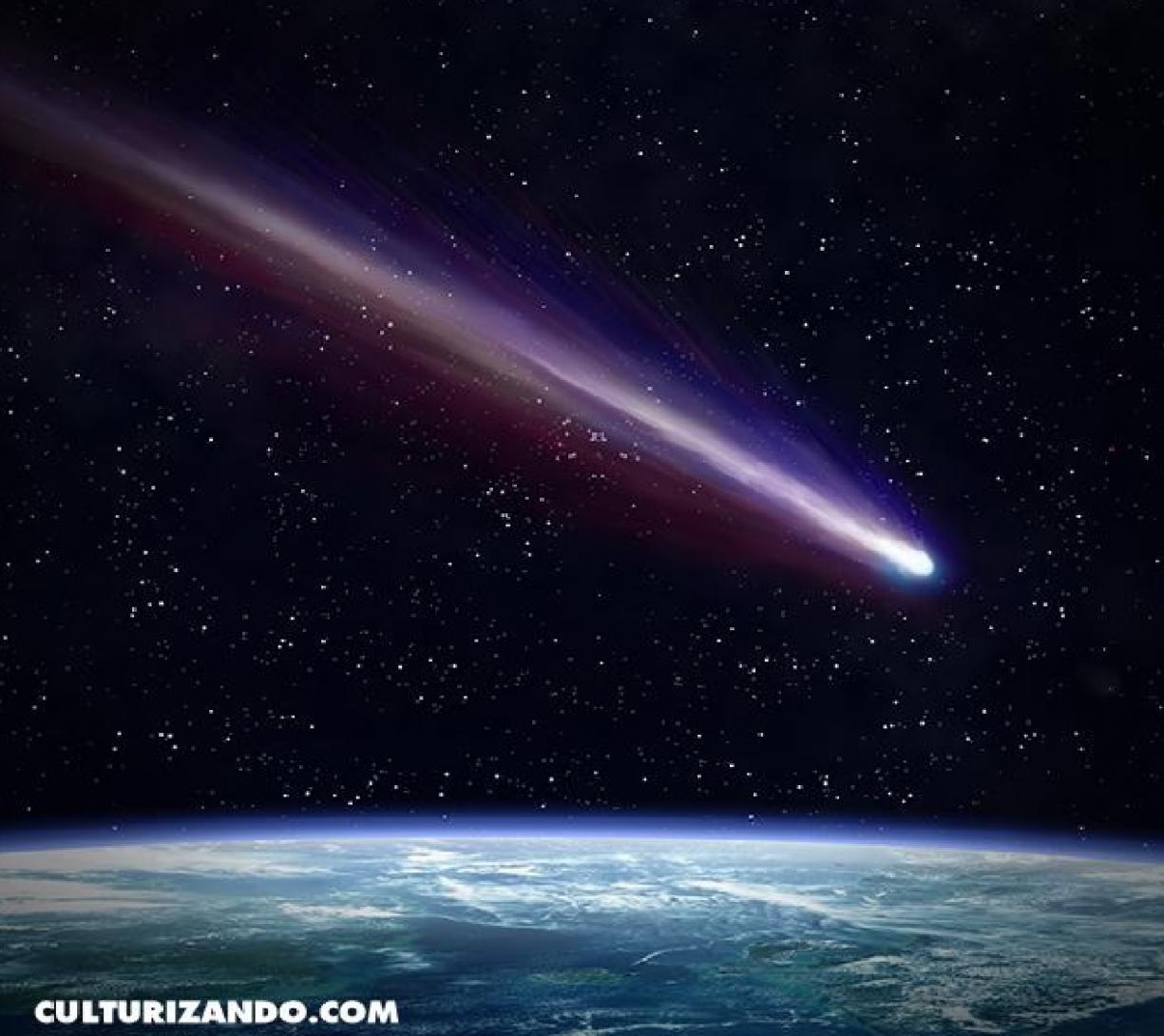
Jupiter, the god of light
Jupiter, or Jove, was the supreme god in Roman mythology, analogous to Zeus of the Greeks. Jupiter ruled the world of gods, which included: Mercury, the messenger god, Venus, the goddess of love, Mars, the god of war, deified Romulus who watched over the Romans, and Saturn, father of Jupiter and god of agriculture and harvest. Jupiter guided the people to the light, was protector in defeat and the giver of victory; He was associated with thunder, lightning and storms.
Between November 1 and 3, Jupiter will be at perigee, that is, at the minimum distance from Earth, just 3.98 AU. from us and will also be in opposition, that is, in the opposite direction to the Sun in relation to us, so, at approximately midnight, it will be located at the top of the celestial sphere, allowing us to observe the largest gas giant and shining intensely, in the direction of the constellation of Aries.
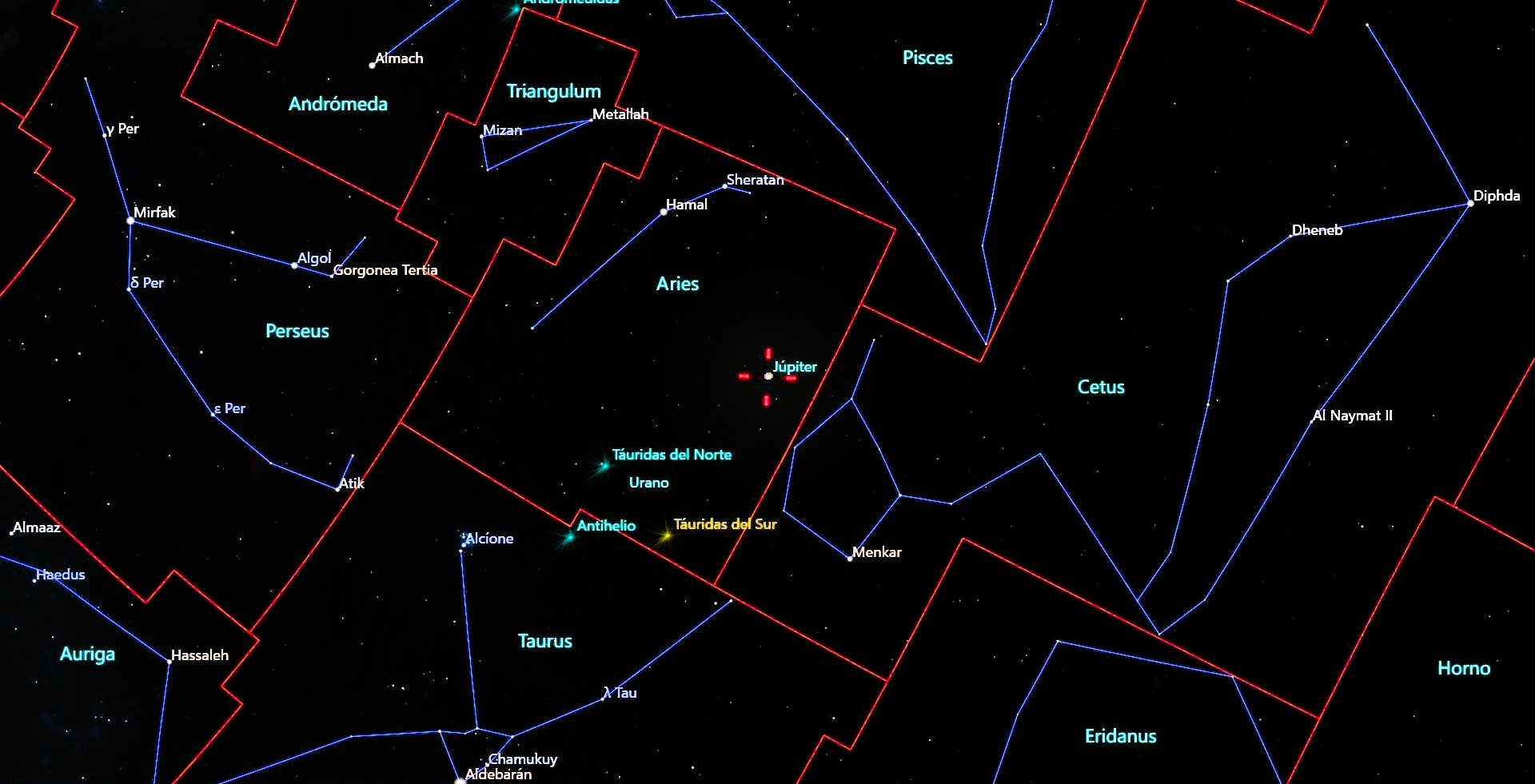
The November rains: between the Bull and the Lion
The first half of the month of November, we will have the opportunity to enjoy a pair of meteor showers that originate in the direction of the constellation of the Bull (Taurus) and a few days later another in the constellation of Leo.
The Southern Taurid meteor shower will peak on November 5 during the first part of the night, with a maximum observable rate of 7 meteors per hour. The celestial object responsible for causing this shower has been identified as comet 2P/Encke.
The Northern Taurid meteor shower will peak on November 12, throughout the night, with a maximum observable rate of 5 meteors per hour. Likewise, comet 2P/Encke is responsible for causing this shower.
The Leonid meteor shower will be active between November 6 and 30, with the maximum during the early hours of the 18th and with a maximum observable rate of 15 meteors per hour, in the direction of the constellation of Leo. Comet 55P/Tempel-Tuttle causes this shower.
As in all meteor showers, they can be observed without any optical instrument, that is, with the naked eye, you just have to be patient, have a good coffee, a jacket, music on hand and prepare to enjoy these showers, looking up. towards the indicated celestial region, good luck!
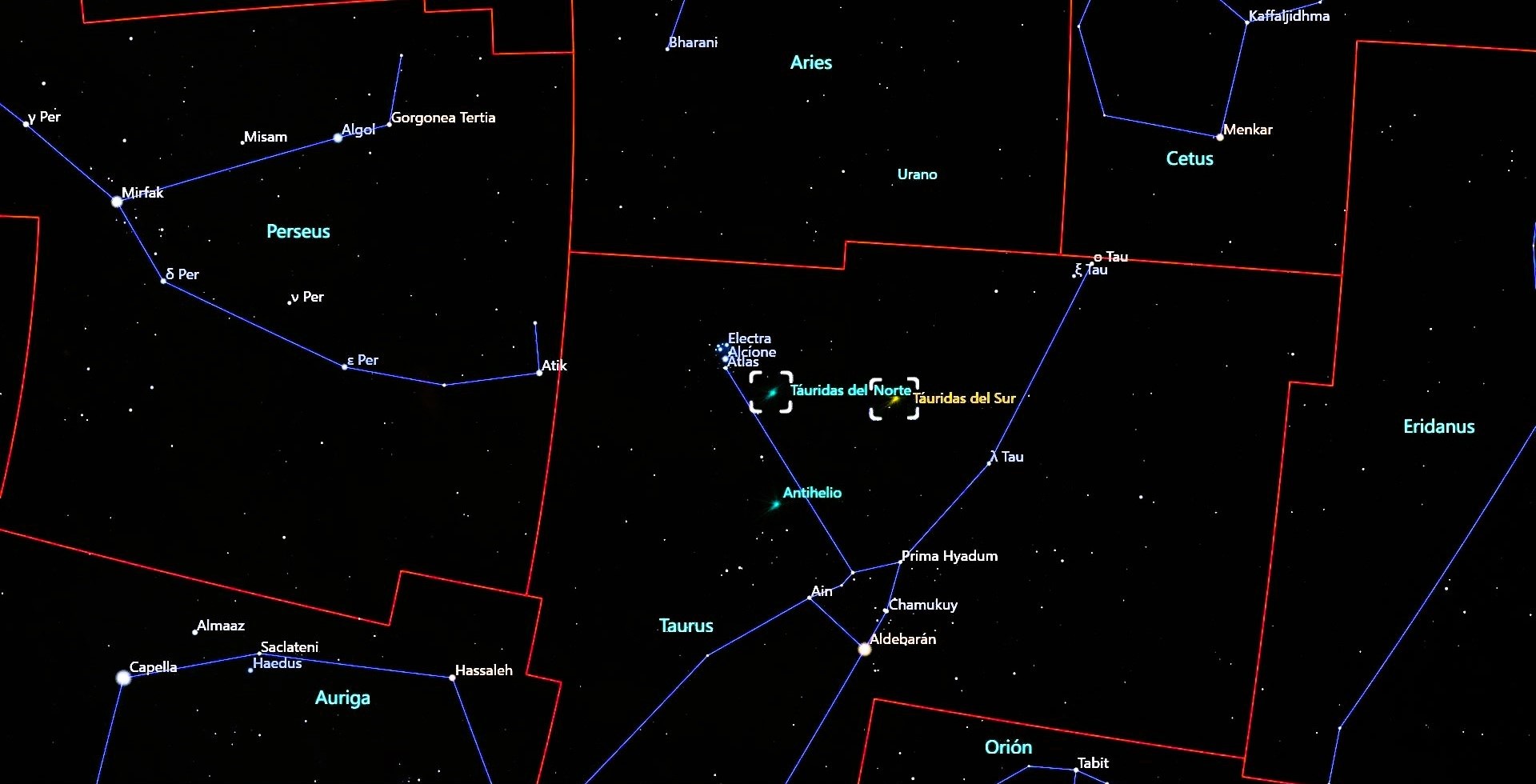
A close-up of photography
In the early hours of November 27 we will have a close approach between the Moon and the Messier M45 object, better known in the astronomical field as “The Pleiades”, an open cluster of poorly evolved stars. Our satellite will pass just one degree from this spectacular cluster, in the direction of the constellation of Taurus. A spectacle worth admiring with the naked eye and, why not?, getting a wonderful postcard.
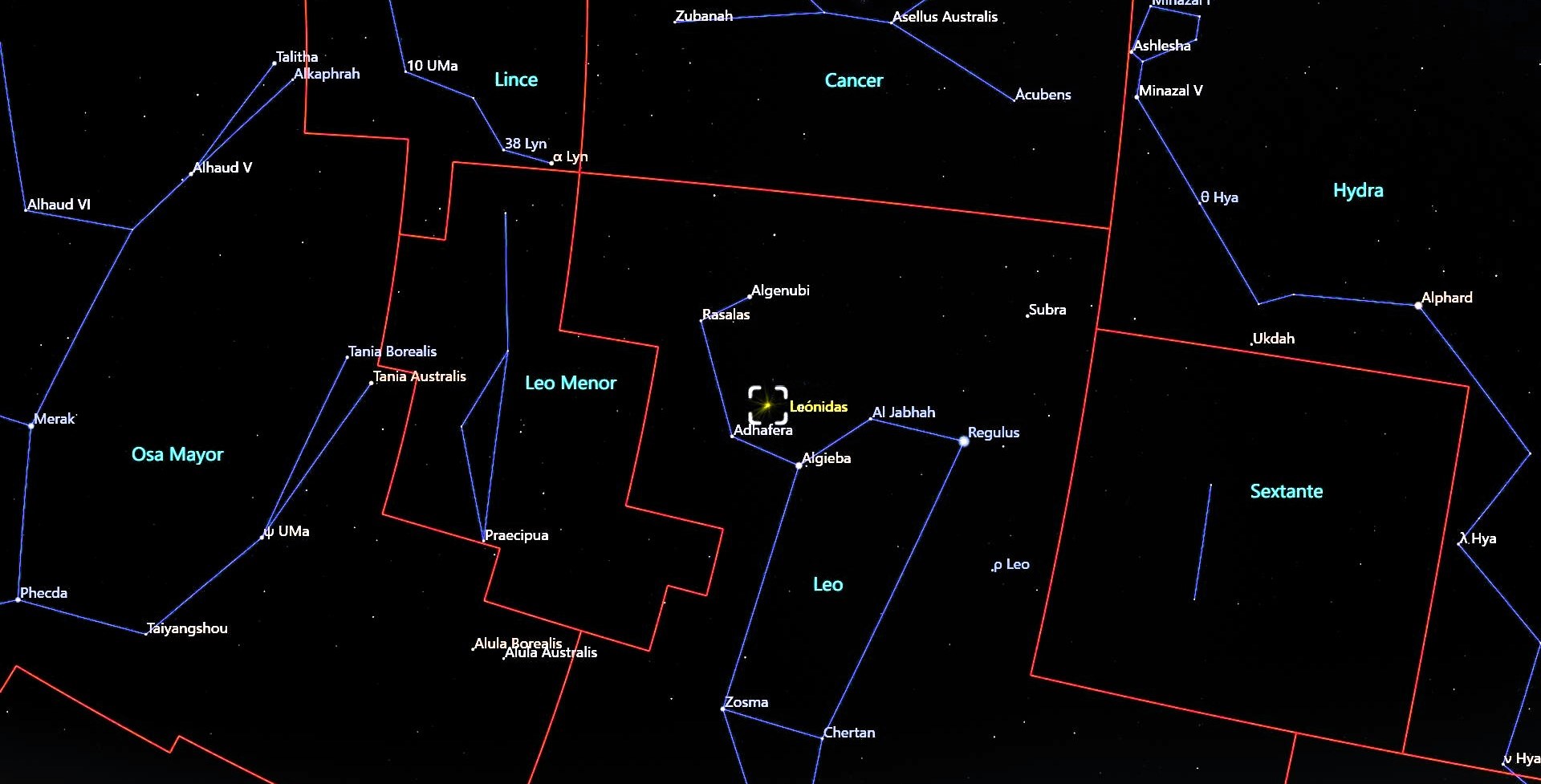
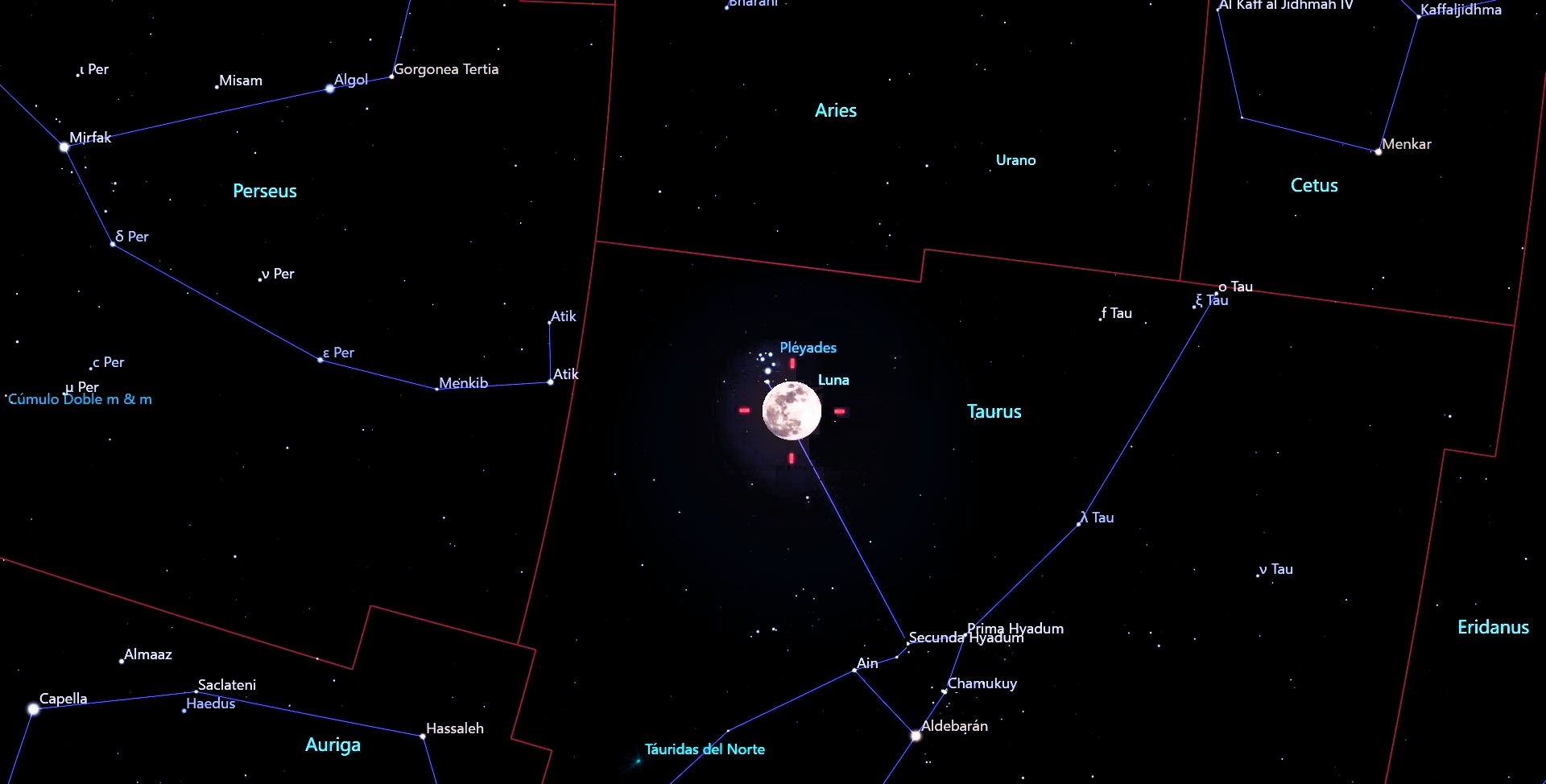
A Galactic Silver Coin
The Sculptor galaxy, Silver Coin, Silver Dollar or NGC 253, is located in the Sculptor group of galaxies, about 11 million light years from Earth; It was first seen by astronomer Carolina Herschel in 1783.
NGC 253 is a galaxy larger than the Milky Way, measuring about 140 thousand light years in diameter. It is shown in profile, revealing its grandiose spiral arms, which house countless open star clusters, as well as an incredible diversity of poorly evolved stars, its grooves of dark interstellar gas and dust and strong galactic winds, in addition to being considered an active galaxy. for containing a black hole inside. For all this, the Sculptor's galaxy has become a pleasant experience for astronomers and astrophotographers.
NGC 253 will be well located for observation, in the direction of the Sculptor constellation, towards the southeastern part of the celestial sphere.
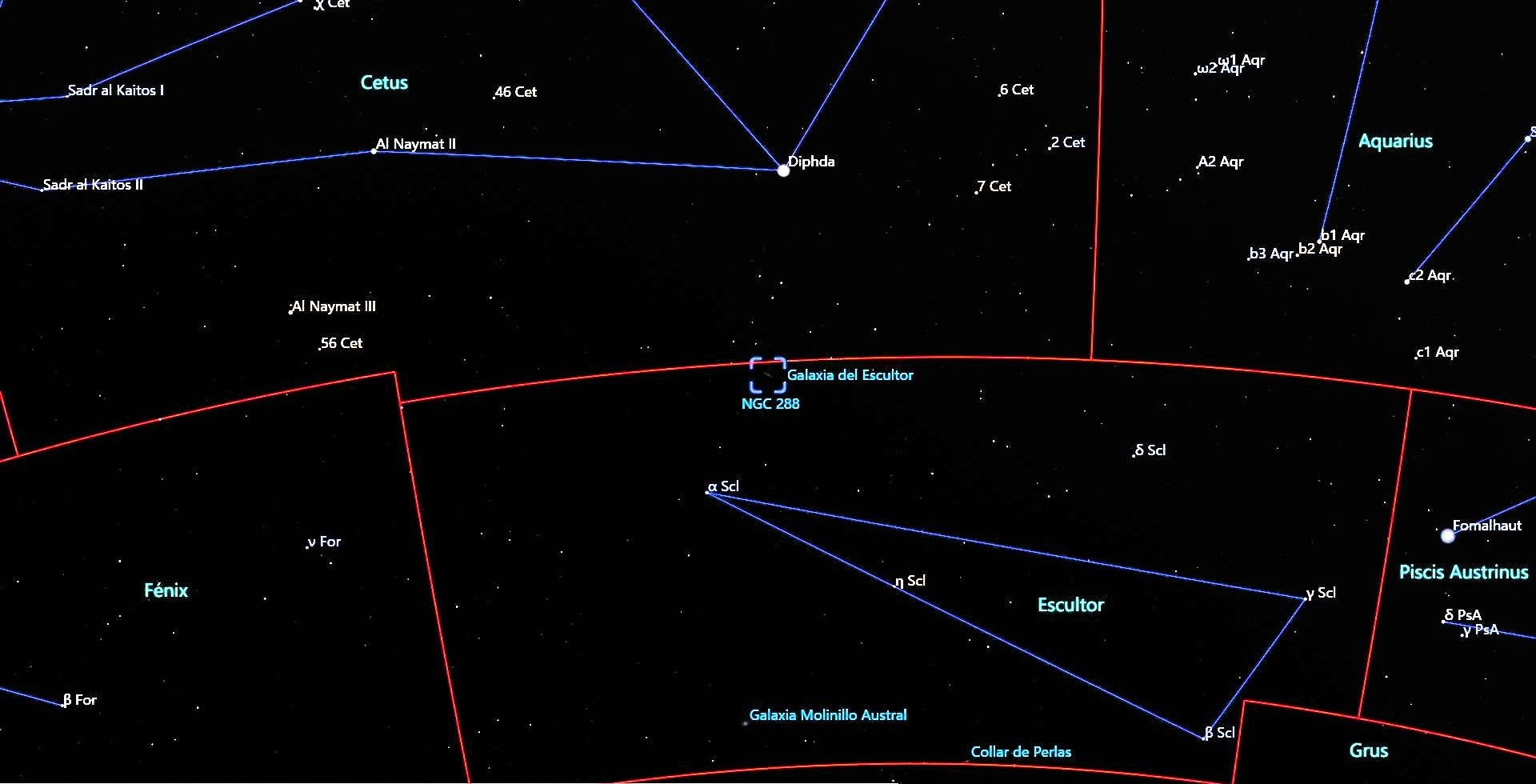
Phases of the Moon (Central Mexico time).
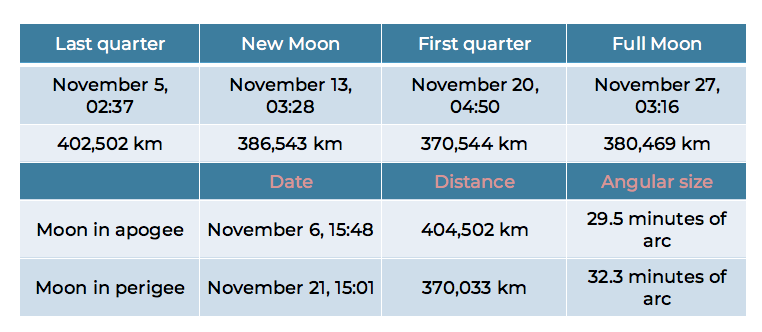
Watch the video of the month: https://youtu.be/exTSV9abWuM?si=A2aG_zVgCX7NXFMo
Contacts:
Dr. Agustín Márquez Limón (amarquez@inaoep.mx), Coordinación de Astrofísica-INAOE
M. C. Tania Martínez (astronomiaplanetariokayok@gmail.com), Red de Planetarios del Estado de Quintana Roo
Dr. Raúl Mújica García, (rmujica@inaoep.mx), Coordinación de Astrofísica-INAOE y Noche de las Estrellas
Luis Enrique Erro # 1, Tonantzintla, Puebla, México, Código Postal 72840, Tel: (222) 266.31.00, difusion@inaoep.mx
This work is licensed under a Creative Commons Attribution-NonCommercial-NoDerivs 2.5 Mexico License.


